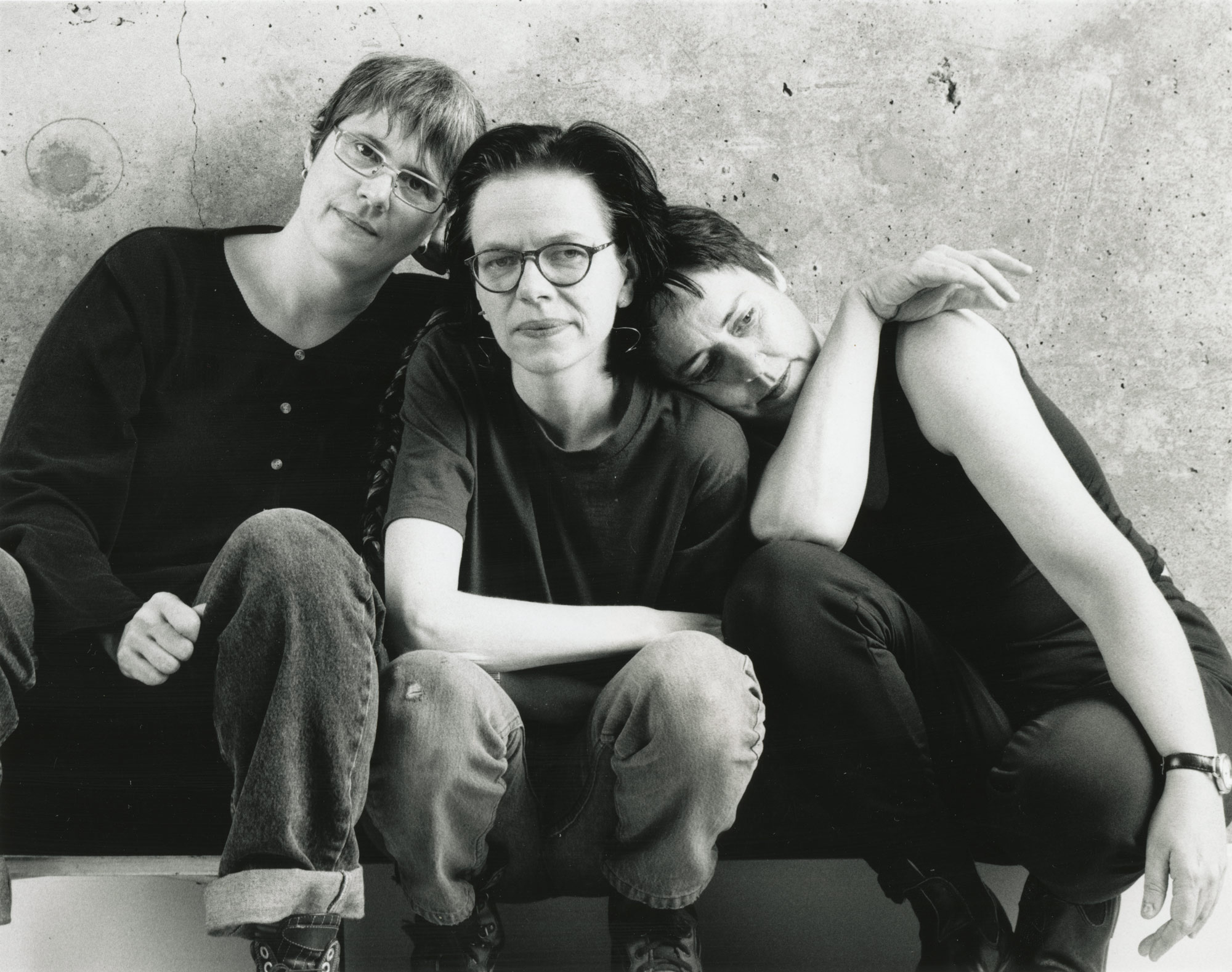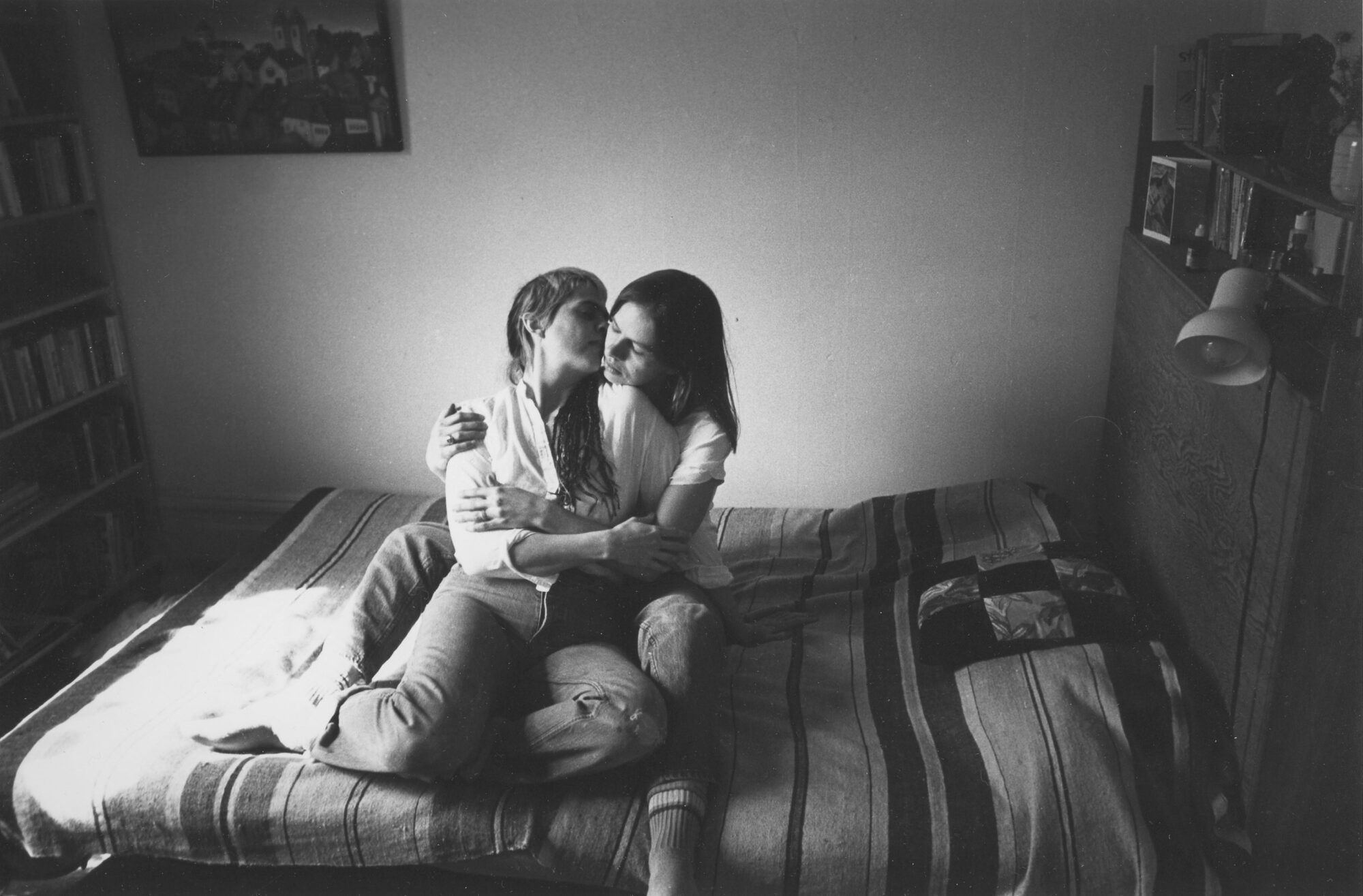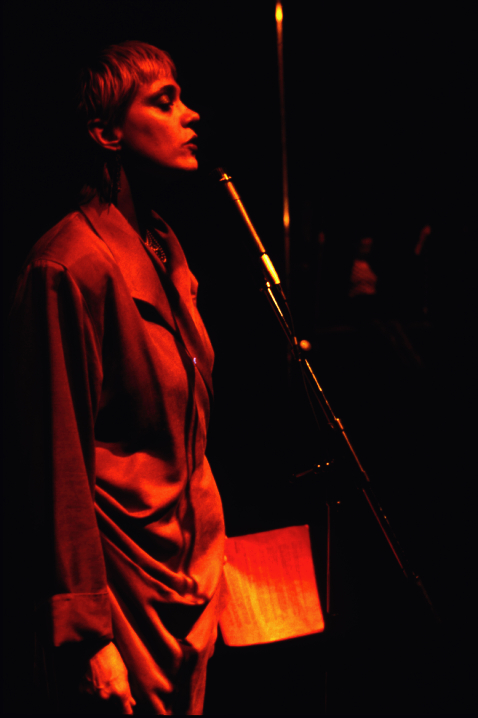Kiss & Tell was an innovative lesbian art collective active in Vancouver from 1988 to 2002. Its three members—Persimmon Blackbridge, Lizard Jones, and Susan Stewart—are mostly known for their inaugural work, a travelling exhibition of photographs called Drawing the Line, 1988–90. Yet they collaborated on equally important performances and writings about censorship, lesbian sexual practices, activism, and identity that are rarely discussed or even acknowledged.

During my fellowship at the Art Canada Institute, I consulted the Kiss & Tell archive at Simon Fraser University Library Special Collections and Rare Books in Burnaby; The ArQuives: Canada’s LGBTQ2+ Archives in Toronto; the BC Gay and Lesbian Archives in Vancouver; and the Artexte archives in Montreal. Over two years, I conducted interviews with the members of Kiss & Tell to unearth the largely untold story of the collective. This book seeks to rectify the erasure of their oeuvre—a fate too often shared by LGBTQ2S+ artists in Canadian art history.
My fascination with Kiss & Tell’s work, and the issues they tackled, can be traced back to the early 1990s. At McGill University, I wrote a thesis on, and gave a presentation about, the feminist sex wars—positioning myself in the sex-positive camp. I still remember my professor’s shock when I handed out photocopied images from mainstream and lesbian pornographic magazines. An editorial I co-wrote for the McGill Daily in 1992 argued against censorship because “it hides sex away, placing it out of the reach of public pleasure, scrutiny, or criticism…. We need to make it public. To look at it, criticise it, understand it better, and have fun with it.” In examining and exploring sex and our relationships to it, Kiss & Tell was doing just that.
For the “Lesbian, Gay, Bisexual Special Issue” I coordinated at the McGill Daily in the following year, I wrote about Kiss & Tell’s Drawing the Line project and included excerpts from a presentation in which Lizard spoke about how the rhetoric of anti-pornography feminists was negatively affecting queer communities. I also publicly announced my queerness in that issue for the first time, in an article titled “Coming Out as Bisexual in a Queer Movement.”


The 1990s were a significant era for queer liberation, art, and activism. Kiss & Tell was at the forefront of those battles, making art that brought lesbian sexual practices and sex positivity out of the closet and into the public sphere to foster greater understanding, empathy, and acceptance for queer lived experiences. The collective challenged the notion that lesbians needed to remain invisible to stay safe. The artists employed humour, storytelling, photography, video, sculpture, interactivity, cheekiness, sexiness, and political and theoretical discussions to push back against censorship and the limitations placed on how lesbians lived their lives and represented themselves. This book tells the story of Canadian lesbian art and activism through the art of Kiss & Tell and other lesboqueer voices—so we can learn from those who came before in our ongoing, and still necessary, fight for queer rights.
Content Notice: This book contains sexually explicit imagery and language.

 About the Author
About the Author
 More Online Art Books
More Online Art Books
 Acknowledgements
Acknowledgements